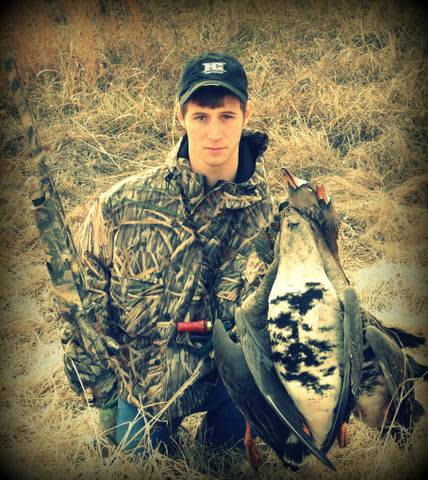Don’t Let Your Perfect Outdoor Moment End in a Bad Photo
Andy and Tami McDaniels 11.02.12

Your son just shot his first buck and you want to capture the moment. You whip out your digital camera to snap the photograph of your son—rifle in hand, grinning proudly with the brilliant buck displayed in front of him. “Hang on, son,” you say, as you fidget with the camera’s zoom button before taking what you are sure is a great shot.
When you arrive home, you immediately upload the photo to the computer, anxious to relive the moment and share it with family and friends. You can’t believe your eyes. The amazing shot you took is out of focus. Your once-in-a-lifetime moment is a blurred mess.
You console yourself with the knowledge that the moment will be etched in your mind’s memory bank forever. Of course you’ll still tell the story of your son taking his first buck; you just won’t have the photo to put it in proper perspective. You’ll still use that fancy engraved hunting picture frame you had personalized to read Pete’s First Deer. The picture will just be a little fuzzy.
If you’re like me, you bought a digital camera, threw the instructions in the trash, and can’t figure out why the camera doesn’t take stunning photographs. After several picture making mishaps, I did a little digging to figure out how I could take first-rate photographs.
Here are 10 simple strategies I found:
- Make sure the camera has plenty of memory. No memory means you have nowhere to store the images.
- Shoot lots of photos at various angles and distances.
- Avoid camera movement by steadying your body during exposure by leaning against a railing, tree, or other structure.
- Zoom in on your subject. More subject and less landscape is better.
- Place your subject to the left or to the right of center. Asymmetrical photos are generally more appealing than symmetrical ones. This will also help you capture the landscape in your photo while allowing you to zoom in on the subject.
- Pay attention to where the sun is or is not. Putting the sun behind your subject creates glare behind the subject and makes for an awful shot. Likewise, putting your subject in the shadows when there is sunlight all around will make your subject hard to see.
- If you have the option, take your photos in the early morning or early evening. Dusk and dawn make for nice light and interesting shadows.
- Lose the hat. The shadow it creates hides the subject’s eyes.
- Make sure the camera’s batteries are charged and have extra batteries on-hand.
- Read the instructions that came with the camera to at least get a basic understanding of the camera settings and features (I know you probably won’t do it, but it just wouldn’t be right for me to leave this one out).
I can’t promise you that you’ll win any awards, but incorporating these strategies will help you take better photographs and prevent photography catastrophes like the one described above. Go ahead–buy that fancy picture frame. You’re going to need it.

